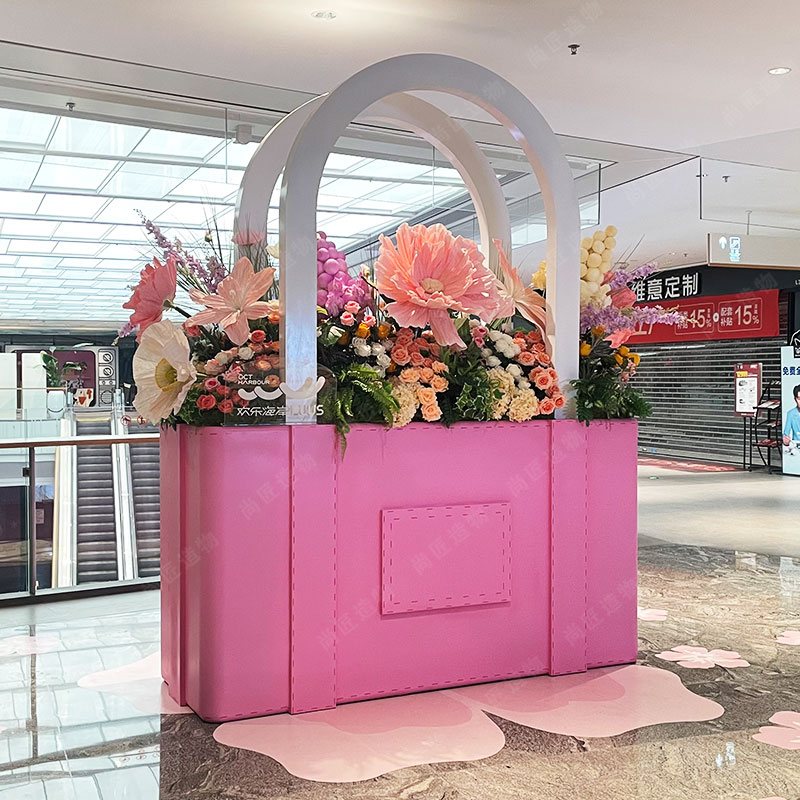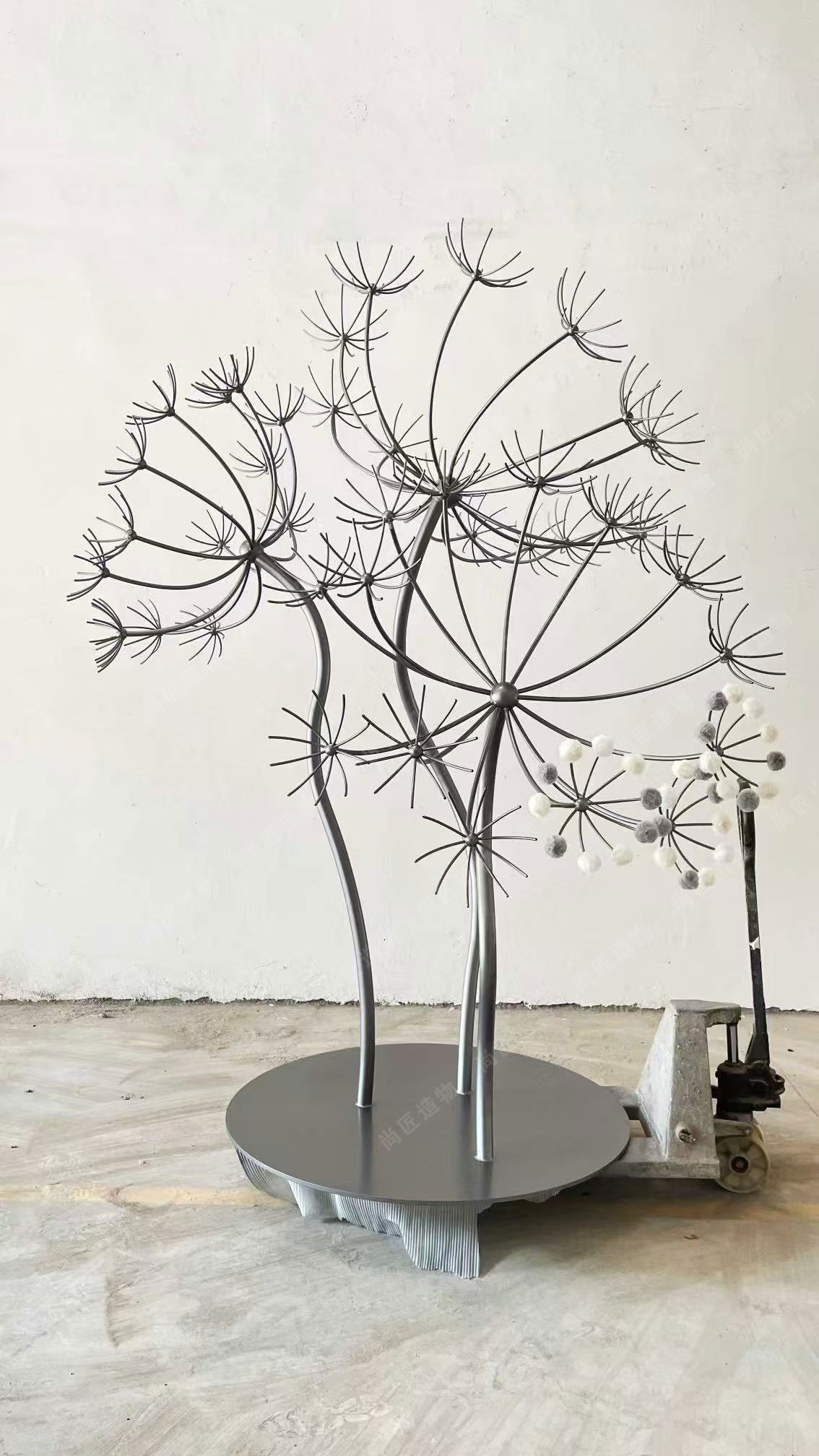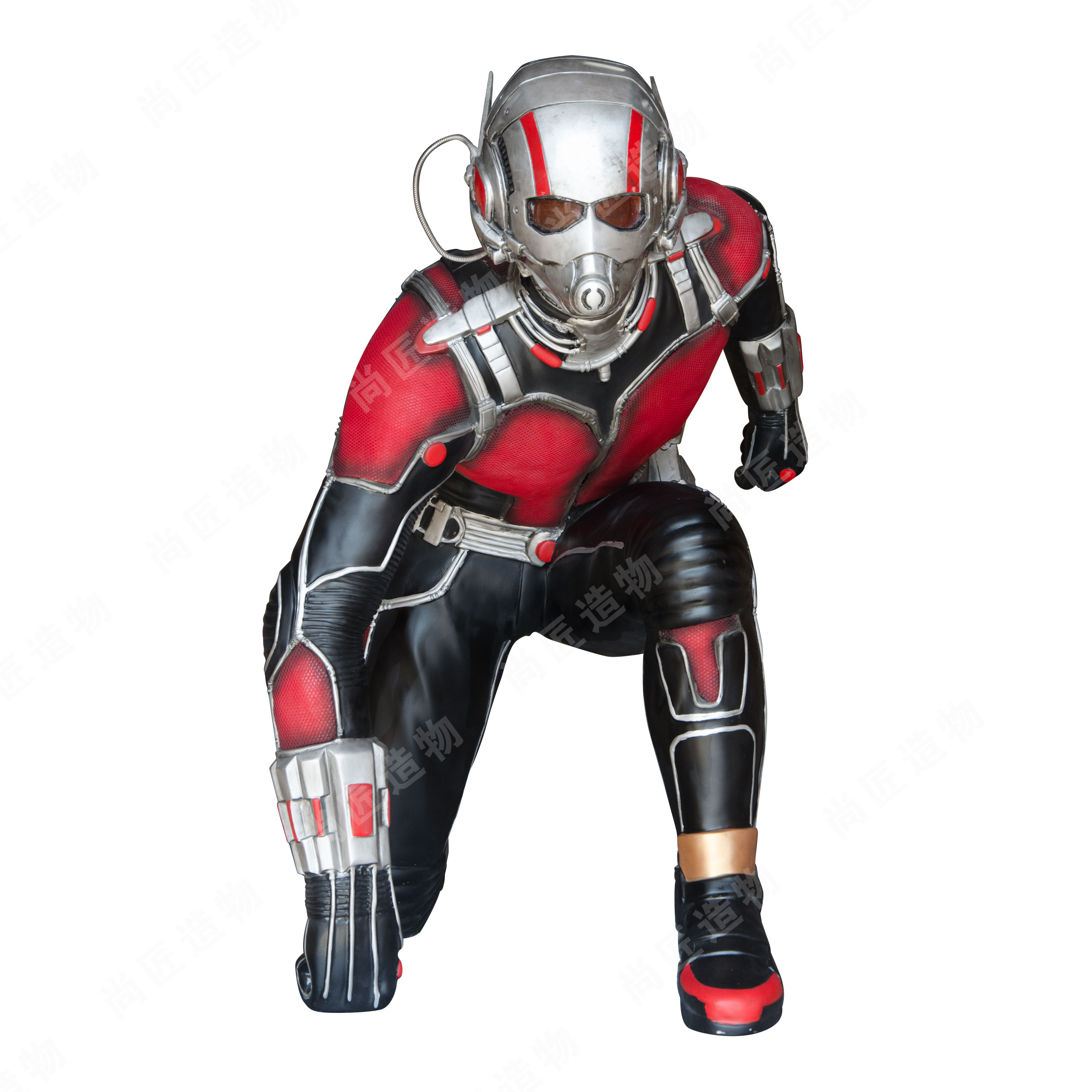Key Takeaways
Weather-resistant fiberglass art installations combine artistic vision with engineering precision, offering durable solutions for outdoor environments. These creations maintain structural integrity in temperatures ranging from -40°F to 180°F, resisting UV rays, moisture, and corrosion. Unlike traditional bronze or wood sculptures, fiberglass’s lightweight nature simplifies installation while allowing intricate designs—from abstract forms to lifelike Cartoon sculpture.
A comparison of material properties highlights fiberglass’s advantages:
| Property | Fiberglass | Bronze | Wood |
|---|---|---|---|
| Weight (per cubic ft) | 120-140 lbs | 550 lbs | 30-50 lbs |
| Weather Resistance | High | Medium | Low |
| Maintenance Needs | Minimal | High | High |
| Design Flexibility | Excellent | Moderate | Limited |
Artists leverage fiberglass’s adaptability to incorporate textured finishes or embedded lighting systems, ensuring visual appeal across seasons. Public installations benefit from reduced long-term upkeep costs, while private collectors value the material’s ability to replicate stone or metal aesthetics without degradation. By blending advanced polymer resins with hand-painted details, these installations achieve a balance between artistic expression and environmental resilience.

Weather-Resistant Fiberglass Art Explained
Fiberglass, a composite material made of glass fibers embedded in resin, forms the backbone of weather-resistant art installations. Its unique properties—lightweight yet durable, moldable yet rigid—make it ideal for outdoor displays. Unlike traditional materials like wood or metal, fiberglass resists corrosion, UV damage, and temperature fluctuations, ensuring artworks retain their structural integrity and vibrant colors for decades.
"Fiberglass allows artists to push boundaries without compromising durability. It’s the bridge between ephemeral beauty and lasting craftsmanship."
The material’s versatility supports intricate designs, from realistic sculpture to abstract forms, while remaining cost-effective for large-scale projects. During production, layers of gel coat protect against moisture, and additives can be mixed into the resin to enhance UV resistance. For climates with extreme weather, such as coastal areas or regions with heavy snowfall, fiberglass’s non-porous surface prevents water absorption, reducing risks of cracking or warping.
Tip: When commissioning fiberglass art, verify that the resin-to-glass ratio meets industry standards (typically 2:1) for optimal strength.
This adaptability ensures installations thrive in parks, urban plazas, or private gardens, aligning with both aesthetic goals and environmental demands. As the next sections explore, these benefits position fiberglass as a superior choice for modern, weather-ready artistry.

Benefits of Durable Outdoor Fiberglass Art
Fiberglass art installations designed for outdoor environments offer distinct advantages that make them ideal for both public spaces and private settings. Their weather-resistant properties allow them to endure harsh conditions—from intense UV exposure to heavy rain, snow, or humidity—without fading, warping, or corroding. Unlike traditional materials like wood or metal, fiberglass resists rot, rust, and insect damage, ensuring structural integrity over decades. This durability reduces long-term maintenance costs, as periodic repainting or repairs are rarely needed.
Another benefit lies in their lightweight nature, which simplifies installation and transportation compared to stone or bronze sculptures. Despite their lightness, fiberglass pieces maintain a sturdy composition, capable of withstanding strong winds or accidental impacts. Artists and designers also appreciate the material’s versatility, enabling intricate detailing and dynamic shapes that mimic textures like metal or stone. For example, IP character sculpture designs often leverage fiberglass to achieve lifelike features while remaining resilient in outdoor settings.
Additionally, fiberglass allows for customizable finishes, from glossy coatings to matte textures, ensuring art remains visually striking year-round. These qualities make it a practical yet creative solution for blending aesthetics with functionality in ever-changing climates.
Customizing Art for Extreme Weather Conditions
Creating weather-resistant fiberglass art requires precise engineering to balance artistic vision with environmental demands. Unlike traditional materials like stainless steel sculpture, fiberglass offers unmatched flexibility in shaping intricate designs while maintaining structural integrity. Artists and fabricators use advanced techniques such as layered resin applications and UV-resistant gel coatings to protect against prolonged sun exposure, heavy rainfall, or subzero temperatures. For example, installations destined for coastal areas receive additional anticorrosive treatments to combat saltwater erosion, while pieces in hurricane-prone zones are reinforced with internal steel frames.
Customization extends beyond durability—artists adapt color pigments to resist fading and textures to prevent ice accumulation. Computational modeling helps predict stress points, allowing adjustments to wall thickness or curvature before fabrication. This scientific approach ensures sculptures retain their aesthetic qualities even after decades outdoors. By contrast, materials like bronze or wood require more frequent maintenance when exposed to similar conditions. The process transforms raw fiberglass into site-specific artworks that harmonize with both their surroundings and the challenges posed by regional climates.
Innovative Materials in Artistic Installations
Modern artists increasingly turn to advanced materials like weather-resistant fiberglass to solve longstanding challenges in outdoor art. Traditional mediums such as bronze, stone, or wood often degrade under prolonged exposure to rain, UV rays, or temperature fluctuations. Fiberglass, however, combines lightweight flexibility with exceptional durability, allowing creators to design intricate forms that endure harsh climates without corrosion or warping. This adaptability supports both static and dynamic designs, including kinetic sculpture, which relies on material resilience for moving parts exposed to wind and moisture.
The shift toward fiberglass also reflects broader trends in sustainable art practices. Unlike metals requiring frequent protective coatings, fiberglass installations often retain their structural integrity and color vibrancy for decades with minimal upkeep. This reliability enables artists to experiment with larger-scale projects for public spaces while reducing long-term maintenance costs. By merging technical innovation with creative vision, these materials redefine what’s possible in outdoor art, ensuring aesthetic value persists alongside environmental demands.
Public Spaces and Private Collections Usage
Weather-resistant fiberglass art installations bridge the gap between functional design and artistic innovation, serving diverse environments from bustling urban centers to intimate private gardens. In public spaces, these installations enhance communal areas such as parks, plazas, and corporate campuses, offering visual interest while enduring harsh environmental stressors. Municipalities and urban planners favor fiberglass for its lightweight properties and resilience, enabling large-scale sculptures to anchor civic landmarks without structural concerns. For example, a fiberglass sculpture in a city square can withstand decades of exposure to rain, wind, and temperature fluctuations while retaining its vibrant finish.
In private collections, the material’s adaptability allows homeowners and art enthusiasts to commission bespoke pieces tailored to their aesthetic preferences. Customizable finishes—from metallic patinas to textured surfaces—enable seamless integration into garden landscapes or indoor atriums. Unlike traditional bronze or stone, fiberglass installations resist corrosion and UV damage, making them ideal for outdoor settings like poolside displays or rooftop gardens. Whether in public or private contexts, the blend of durability and artistic flexibility ensures these installations remain focal points that evolve with their surroundings, maintaining both structural integrity and visual appeal over time.

Maintenance Tips for Long-Lasting Displays
To preserve the integrity of weather-resistant fiberglass art installations, regular maintenance remains essential despite their durable nature. Begin by cleaning surfaces every 3-6 months using mild soap and water, avoiding abrasive tools that could scratch the gel-coated finish. For stubborn dirt or organic growth, a soft-bristle brush paired with non-acidic cleaners ensures gentle yet effective removal. Inspect installations annually for minor cracks or chips, addressing them promptly with UV-resistant epoxy to prevent moisture infiltration.
Seasonal adjustments further enhance longevity. In regions with heavy snowfall, gently remove ice buildup to avoid stressing structural joints. Coastal environments may require additional rinsing to eliminate salt residue, which can dull surfaces over time. Applying a protective wax or polymer sealant every 12-18 months helps maintain UV resistance and color vibrancy, particularly for pieces exposed to intense sunlight.
While fiberglass resists corrosion and rot, monitoring anchor points and mounting hardware ensures stability in high winds. For installations with moving parts or intricate designs, lubricate hinges or joints annually with silicone-based products. By combining routine care with proactive adjustments, these artworks retain their aesthetic and functional qualities for decades, aligning with the material’s promise of weatherproof durability.
Blending Aesthetics With Weatherproof Design
Fiberglass art installations achieve a unique balance between visual appeal and functional resilience. Unlike traditional materials like wood or metal, fiberglass can be molded into intricate shapes while maintaining structural integrity in harsh climates. Artists leverage this flexibility to create flowing curves, lifelike textures, and vibrant finishes that mimic natural elements—without compromising durability. For example, a sculpture resembling weathered stone might incorporate hidden drainage channels to prevent water damage, or a glossy surface could use UV-resistant coatings to retain color under direct sunlight.
This synergy of form and function extends to design choices. Textured finishes not only add artistic depth but also help mask minor wear from wind or rain. Similarly, lightweight fiberglass allows for larger installations that remain anchored securely, blending seamlessly into landscapes or urban settings. By prioritizing both aesthetics and weatherproof engineering, these installations maintain their artistic intent year-round, proving that practicality can enhance—rather than limit—creative expression.

Why Choose Fiberglass Over Traditional Materials
Fiberglass has become a preferred choice for outdoor art installations due to its unique advantages over conventional materials like bronze, wood, or stone. Unlike heavier metals, fiberglass is significantly lighter, simplifying transportation and installation while reducing structural support needs. This material also resists corrosion, rot, and insect damage—common issues with wood or untreated metals—making it ideal for harsh environments. While stone and concrete may crack under freeze-thaw cycles, fiberglass maintains structural integrity in temperatures ranging from freezing winters to scorching summers.
Another key benefit is its low maintenance. Traditional materials often require frequent sealing, repainting, or repairs to combat weathering, whereas fiberglass’s non-porous surface repels moisture and UV degradation. Modern manufacturing techniques allow artists to mimic textures like weathered bronze or carved stone, offering aesthetic versatility without sacrificing durability. Additionally, fiberglass’s flexibility enables intricate designs that would be cost-prohibitive or fragile in brittle materials like ceramic. This combination of practicality and creative freedom ensures that installations remain visually striking and physically resilient for decades, aligning with both artistic goals and long-term investment priorities.
Conclusion
As we’ve explored, weather-resistant fiberglass art installations represent a harmonious balance between artistic vision and practical durability. These creations address the challenges posed by outdoor environments—rain, UV exposure, temperature fluctuations—without compromising aesthetic integrity. By leveraging fiberglass’s adaptability, artists and designers can craft pieces that retain their visual appeal for decades, whether displayed in bustling public plazas or serene private gardens.
The material’s lightweight nature and structural resilience make it a logical choice for projects requiring both creativity and longevity. Unlike traditional mediums like bronze or stone, fiberglass offers greater flexibility in shaping intricate designs while reducing long-term maintenance demands. This combination ensures installations remain vibrant focal points, even in regions prone to extreme weather.
Ultimately, the rise of weather-resistant fiberglass reflects a broader shift toward art that adapts to modern needs. It bridges the gap between ephemeral beauty and lasting functionality, proving that outdoor installations need not sacrifice artistry for endurance. As communities and collectors continue prioritizing sustainable, low-maintenance solutions, fiberglass art stands poised to redefine how we experience creativity in shared and personal spaces.

FAQs
How do weather-resistant fiberglass installations handle UV exposure?
Fiberglass art is coated with UV-resistant finishes that prevent color fading and material degradation, even under prolonged sunlight. This ensures vibrant visuals for decades without frequent touch-ups.
Can these installations withstand freezing temperatures or heavy rain?
Yes. Fiberglass’s non-porous structure resists water absorption, preventing cracks in freezing conditions. Sealed seams and reinforced bases also protect against heavy rain and wind damage.
Are custom designs limited by weatherproofing requirements?
No. Artists mold fiberglass into intricate shapes while maintaining durability. Paint and texture choices are tailored to complement both aesthetics and climate demands, from coastal salt spray to desert heat.
How does fiberglass compare to bronze or steel for outdoor art?
Fiberglass weighs less, reducing installation costs, and doesn’t rust or corrode. Unlike metals, it requires minimal maintenance while offering comparable strength in extreme weather.
Is fiberglass environmentally safe for public spaces?
Modern fiberglass uses non-toxic resins and coatings. Its longevity reduces replacement waste, making it a sustainable choice compared to short-lived materials like wood or untreated metal.
What upkeep do these installations require?
Routine cleaning with mild soap and water suffices. Annual inspections for chips or sealant wear help address minor issues before they escalate, ensuring lasting durability.
 ch
ch English
English






